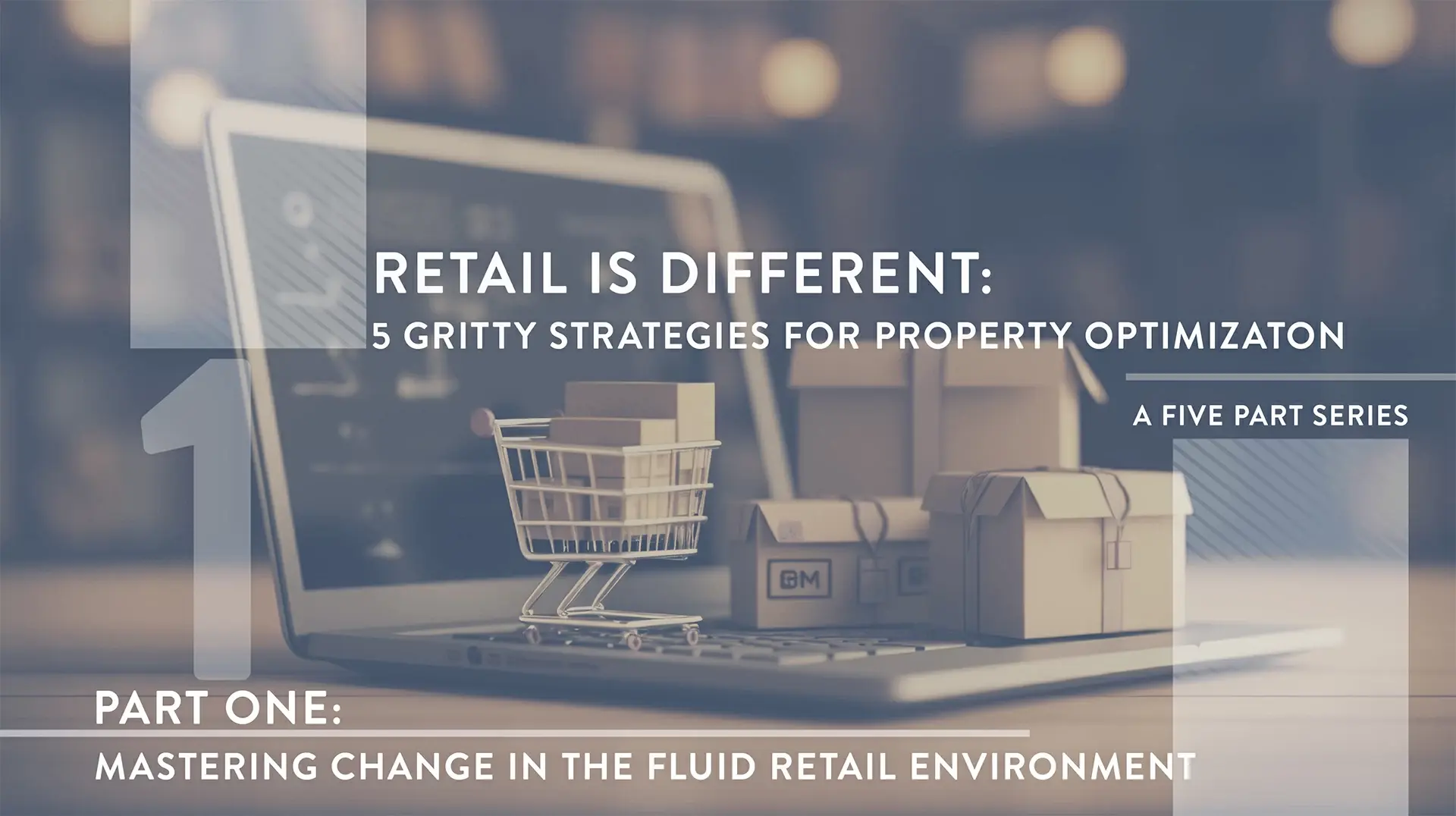This is Part 1 of our series, 'Retail is Different: 5 Gritty Strategies for Property Optimization.' Learn how embracing change and adaptability can help convenience stores thrive in an ever-evolving retail environment.
In retail, change is the only constant. Unlike other commercial properties that may have more predictable operations, retail properties are in a constant state of flux. New trends, seasonal promotions, evolving consumer behavior, and the rise of omnichannel shopping have turned retail property management into a fast-paced, high-stakes game. Retailers need to be agile, ready to pivot quickly, and manage their physical spaces in a way that adapts to these continuous shifts.
The ability to embrace and master this level of flux is what separates thriving retailers from those that fall behind. To stay competitive, retailers need flexible strategies that can handle the unique demands of retail property management, and the tools to support quick, data-driven decision-making.
The Grit Factor: Flexibility and Adaptability in Retail
Retail property management demands resilience and grit. Managing multiple locations means handling everything from fast-moving inventory turnover to changing store layouts in response to new product launches or customer demand. A retail store that lags in responding to trends or seasonal needs risks losing customer engagement and, ultimately, sales.
While other commercial properties—like office or industrial spaces—may operate on predictable schedules and static layouts, retail properties must be continuously optimized. The quickened pace of retail demands flexibility in everything from facilities management to merchandising displays to brand strategies.
For instance, think of how a convenience store prepares for summer versus winter. During the summer months, convenience stores often prioritize items like cold beverages, ice, and seasonal snacks, while also managing increased foot traffic due to travel. In contrast, winter requires adjustments to inventory for hot beverages, seasonal goods like windshield washer fluid, and an emphasis on keeping parking lots and store entrances clear of snow and ice. Both scenarios require swift changes. Failure to adapt quickly can lead to missed sales opportunities and a poor customer experience. This kind of rapid adaptation requires more than just good management—it requires the ability to execute efficiently, which is where Retail Property Optimization (RPO) tools come into play.
How Retail Property Optimization Platforms Empower Flexibility
An advanced Retail Property Optimization platform provides the agility needed to thrive in today’s dynamic C-store environment. With high-fidelity data and real-time insights, RPO platforms allow retailers to quickly make decisions that directly impact store performance.
- Centralized Data for Quick Decision-Making:
Retailers can access all the key metrics for their properties in one centralized platform, enabling them to track inventory levels, customer foot traffic, and sales performance across multiple locations.
- Floor Plan Adjustments:
Digital twin technology and predictive analytics enable retailers to evaluate different store layouts and optimize them based on flow and product placement. This means retailers can make layout adjustments across their portfolio swiftly, without disruption.
- Responding to Market Trends:
RPO platforms allow for faster, more accurate responses to emerging trends. By analyzing data, retailers can quickly pivot their merchandise offerings and adjust promotional strategies quickly and remotely.
Real-World Example:
A large food and fuel retailer leverages the RPO platform, including an immersive digital twin for facilities management. Through the platform, managers can virtually walk through stores and assess floor plans, signage, and asset placement. The immersive view allows strategic changes that align with customer flow and seasonal needs, without needing to physically visit each location. The combination of centralized data from the RPO platform and immersive visualization of assets ensures faster, more confident decision-making.
Practical Steps for Thriving Amidst Change
- Step One: Utilize data-driven tools to monitor trends and make quick adjustments.
- Step Two: Embrace digital twins to visualize store environments and create more efficient fixturing and floor plans to improve the customer experience and drive sales.
- Step Three: Train teams to be nimble and proactive in responding to changes, ensuring that staff can handle shifts in seasonal demands and customer needs seamlessly.
Thriving Through Agility
C-store retail will continue to evolve, with new trends and consumer expectations constantly reshaping the environment. Retailers who harness technology, build flexibility into their property management strategies, and leverage tools like Retail Property Optimization platforms, will be the ones who thrive. It’s a test of both strategy and grit, where the most agile will rise above the rest.
Stay tuned for Part 2, where we'll dive into how leveraging data through RPO can transform store operations into a powerful driver of retail success.

